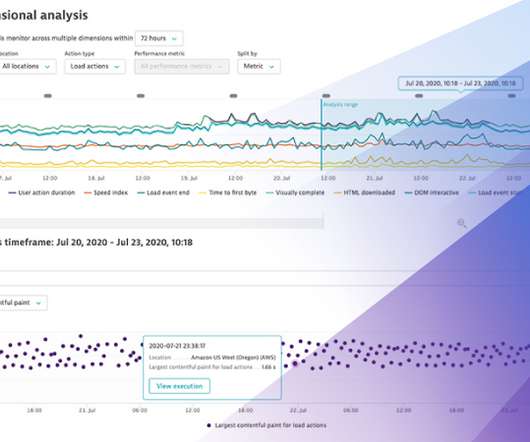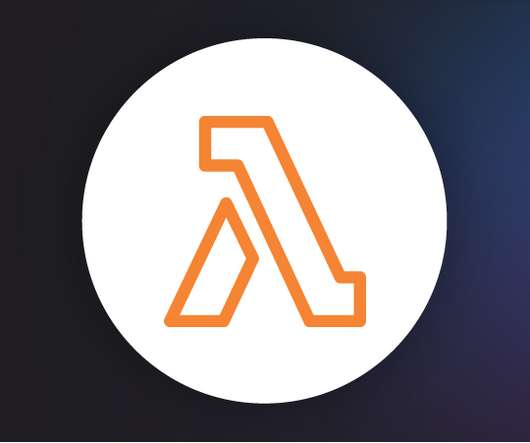How To Use BenchmarkDotNet: 6 Simple Performance-Boosting Tips To Get Started
DZone
MARCH 13, 2024
As software engineers, we are always striving for high performance and efficiency in our code. Whether it’s optimizing algorithms or fine-tuning data structures, every decision we make can have a significant impact on the overall performance of our applications.





































Let's personalize your content